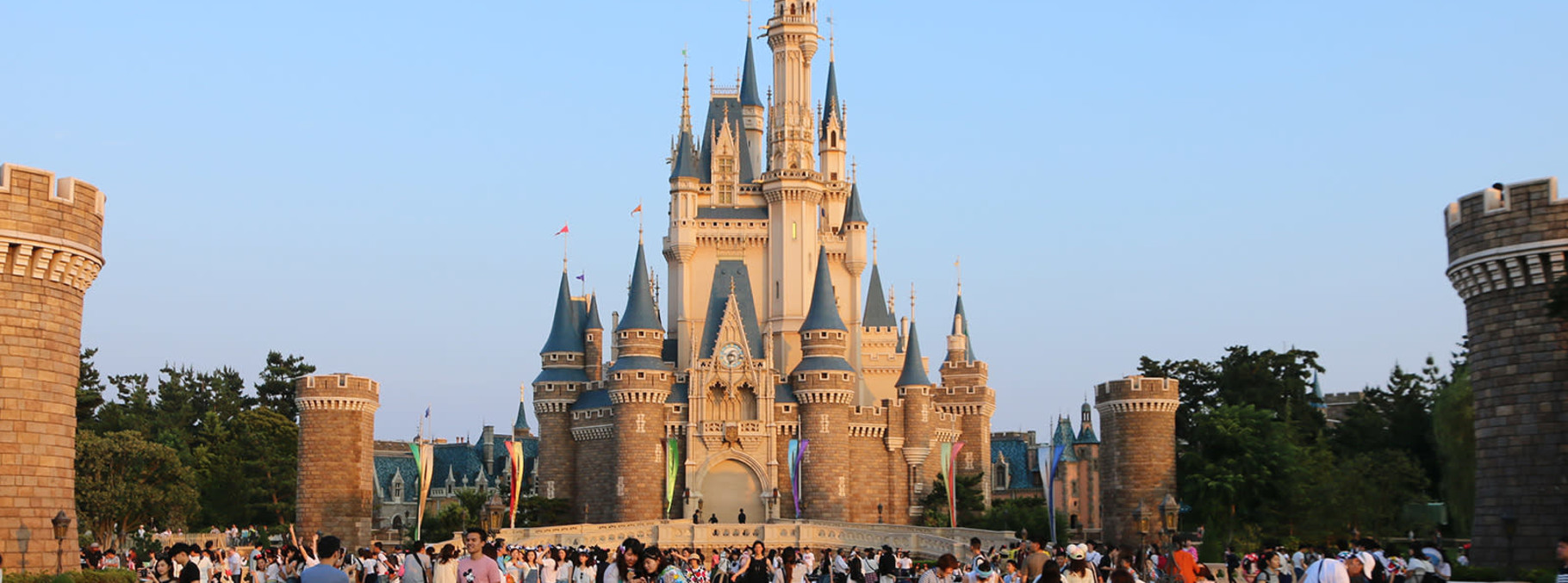Ginza, with its abundance of luxury brand stores and long-established department stores, is one of the most expensive shopping districts in the city. The stores, restaurants and cafes here boast a level of sophistication that can be quite daunting, especially for foreigners. Most tourists visit this area and walk through the main street which is turned into a pedestrian-only path on weekends.

In this feature, we give you some ideas on how to spend half a day in Ginza without spending too much money. It is the perfect itinerary for those who want to experience traditional Japanese performing arts as well as food at a low cost.
Watch a kabuki performance
Kabuki-za in Ginza is the main theater for kabuki performances in Tokyo. However, watching from the seats close to the stage can be extremely expensive. Even most Japanese have never considered going to watch a performance as the price is too high for many. However, what many people don't realize is that you can watch a part of a performance for a fraction of the cost, sometimes as low as 500 yen.Usually a kabuki performance takes place in the morning and in the afternoon. Each play is about 4 hours long and is divided into acts that can range from 15 minutes to 1.5 hours or even longer.
Since the story and setting is based in ancient Japan, the language, costumes and stage settings are archaic, and four hours can be too long, not only for foreigners but also for many Japanese who might not have in-depth knowledge about kabuki. The best thing to do is to just watch one act instead of all four.

The ticket counter and entrance for the Single Act audience is separate from the main one. When you visit the Kabuki-za, the entrance for the Singe Act is on the left hand side while facing the building. Tickets for each act are only sold on the day of the performances. The counter opens about half an hour to an hour before the act. Since it is first come, first served make sure to arrive well before time and queue. As you can see, a time schedule of the acts will be available along with the price. The cheapest act is just 500 yen while the most expensive ones do not exceed 2,000 yen.

Although the seating for these Single Acts is on the 4th floor which is far away from the stage, it is still worth visiting as you can truly enjoy a classical art form of Japan. The colorful costumes and stage settings are a marvel.
Time-honored udon restaurant
You can stop by at this long-established udon restaurant either before or after watching kabuki. Hanayama Udon (花山うどん) is located in a tiny alley behind the Kabuki-za Theater. It has often been ranked No. 1 among udon restaurants in all of Japan, so you can imagine how famous it is! The recipes and production methods have been passed down through generations maintaining the legacy of this family business. To maintain the high quality of food, there are very few branches of this establishment.

Founded in Gunma prefecture, Hanayama Udon has a history of more than 120 years. Gunma is known for its wheat production in Japan. The specialty here is the udon, which are wide and flat called himokawa udon. Each day, the udon are freshly made by hand in the restaurant. Although time consuming and laborious, making the udon fresh in-store is the only way for retaining the original flavor of the ingredients to the greatest extent.
There are two main types of udon served here onikama (鬼釜), which is hot, and zaru-nimi (ざる二味), which is cold. The cold udon are served in a zaru (see image below), which is a draining basket made of bamboo, and comes with dipping sauces.

The onikama udon (hot) are served in a bowl featuring Japan’s beloved tanuki (raccoon dog). How cute is the bowl? The racoon dog is also the mascot of Tatebayashi city in Gunma, the place where Hanayama Udon was founded.

Can you believe the width of these udon? Quite a struggle to slurp one!

The soup is relatively light and will not interfere with the unique flavor of the udon. The price for a bowl is around 1,000 yen, and the set meal with seasonal tempura is under 2,000 yen.
Grab a coffee at Bongen Coffee (盆源珈琲)
If you don't plan to eat in Ginza, you can choose to have a coffee at Bongen Coffee.

The signboard of this cafe features a bonsai design and sure enough, as soon as you enter, you will be greeted by the sight of a beautiful bonsai plant.

You can choose from a range of hot and cold coffees here. The cold ones are served in this adorable cup featuring a daruma and bonsai.

So what do you think of these three spots in Ginza? Use this feature as a reference when you plan to visit Ginza. Get a taste of traditional Japanese art and food without spending a lot of money!
Download the Ikidane Nippon App: iOS / Android Let us know if there is something that needs to be fixed: Feedback Form





